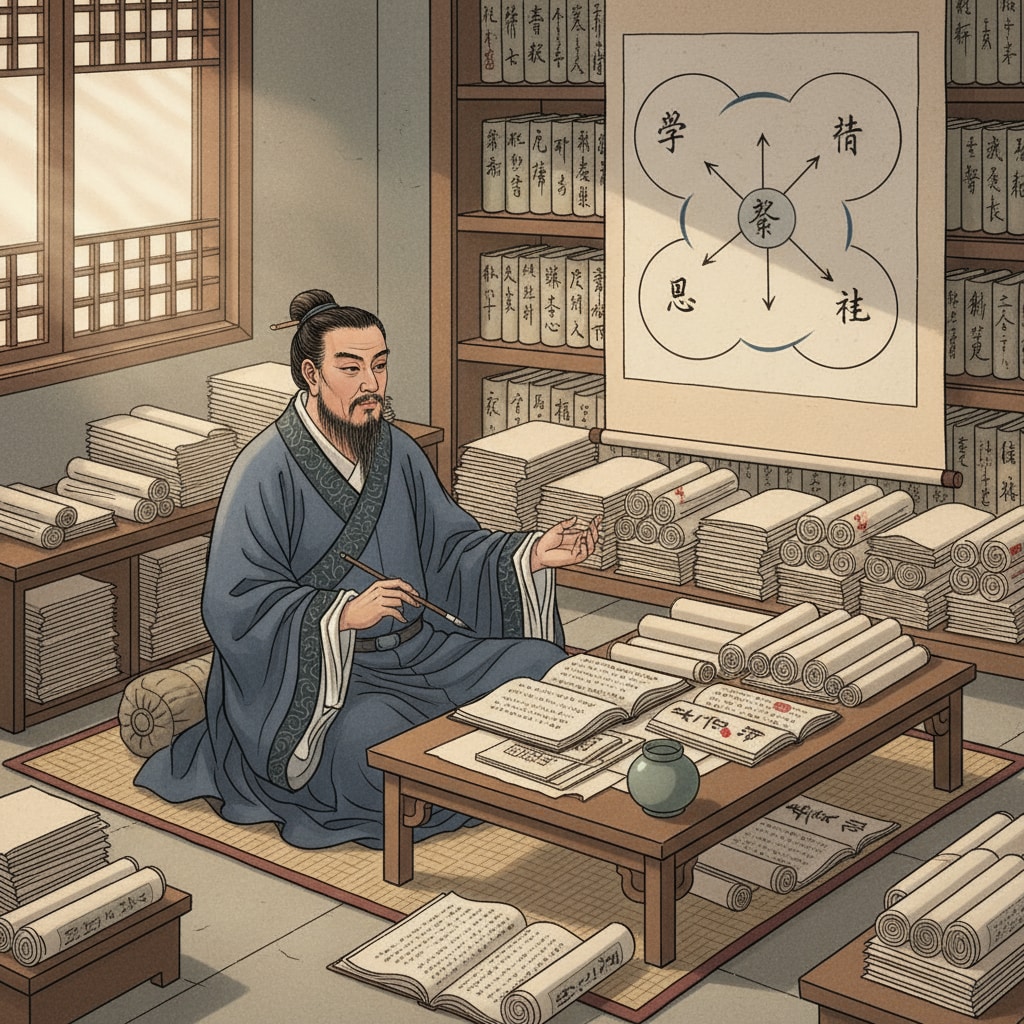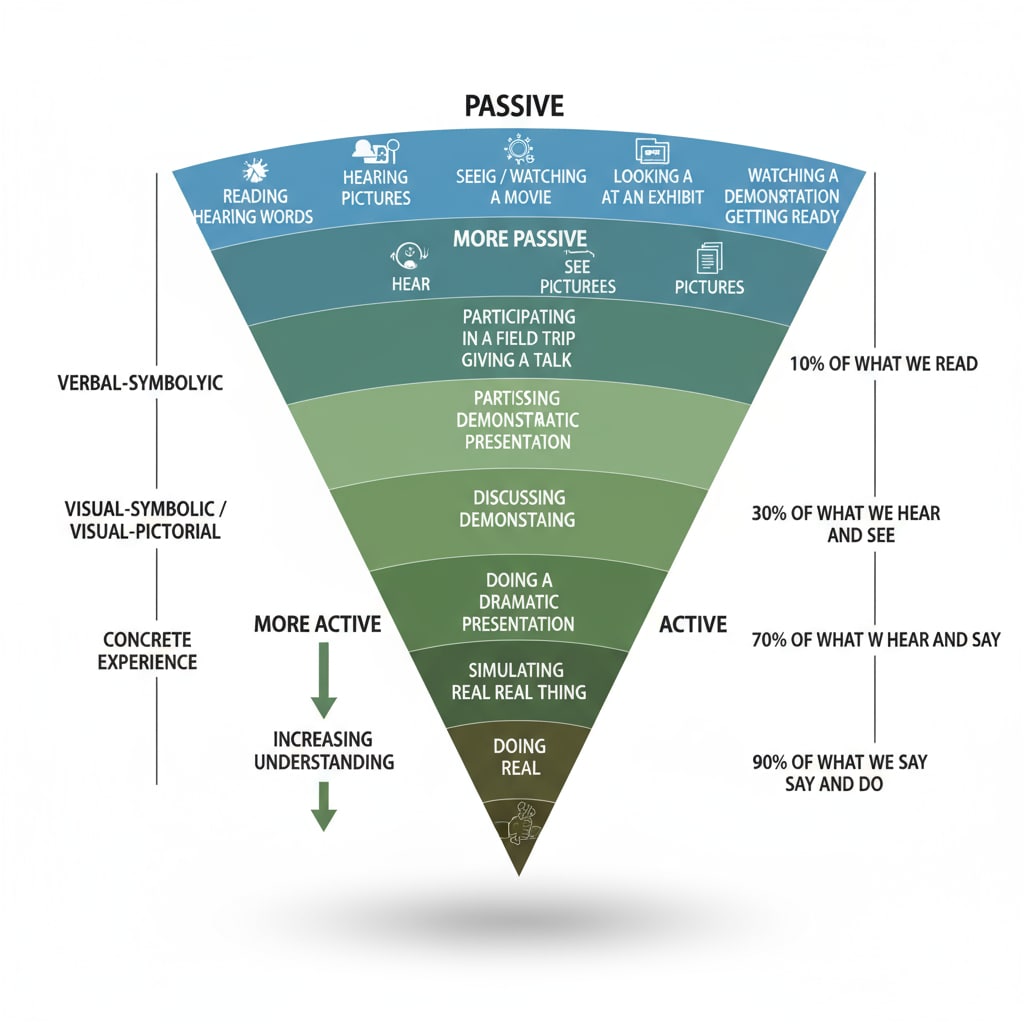Learning methods, Cone of Experience theory, Xun Kuang, and experiential learning are concepts that have long intrigued educators and learners alike. The idea that the essence of learning is to gain in – depth understanding through practice has been a recurring theme throughout history. In ancient China, Xun Kuang, a renowned philosopher, proposed a theory about the levels of learning. Similarly, in modern times, Edgar Dale’s Cone of Experience theory has provided valuable insights into how people learn best. Let’s explore how these ideas come together to highlight the importance of hands – on learning.
The Wisdom of Xun Kuang: Laying the Foundation for Learning
Xun Kuang, often considered one of the most important Confucian philosophers, had a profound understanding of the learning process. He believed that learning was not just about memorizing facts but about internalizing knowledge and applying it in real – life situations. Xun Kuang divided the learning process into several levels. At the lowest level was simple learning through hearing. While this was a starting point, he argued that it was not sufficient for true understanding. Xun Kuang on Wikipedia

As one moved up the hierarchy, learning through seeing was more effective. However, the highest level of learning, according to Xun Kuang, was achieved through personal practice. This hands – on experience allowed learners to truly understand the subject matter and make it their own. For example, a student might read about a scientific principle in a book (learning by hearing), but it was not until they conducted an experiment themselves (learning by doing) that they could fully grasp the concept.
The Modern Perspective: Edgar Dale’s Cone of Experience
Edgar Dale’s Cone of Experience theory, developed in the 20th century, also emphasizes the importance of active engagement in learning. The cone represents different types of learning experiences, with the least effective at the top and the most effective at the bottom. Cone of Experience on Britannica

At the top of the cone are passive learning methods such as listening to lectures and reading. These are important for initial exposure to information but do not lead to deep understanding on their own. As we move down the cone, we encounter more active forms of learning, such as watching demonstrations and participating in discussions. The bottom of the cone, the most effective form of learning according to Dale, is hands – on experience or direct purposeful learning. This is similar to Xun Kuang’s idea that true learning comes from doing.
For instance, in a language class, listening to a teacher talk about grammar rules (at the top of the cone) might give students some knowledge. But if they engage in real – life conversations (at the bottom of the cone), they can better understand how to apply those rules and communicate effectively.
Both Xun Kuang’s ancient wisdom and Dale’s modern theory converge on the idea that practice is essential for deep learning. When we practice, we engage multiple senses and cognitive processes, which helps us retain information better and understand it more thoroughly.
Take the example of VR (Virtual Reality) experiences. Imagine using VR to explore ancient Egyptian monuments. Instead of just reading about them in a book, with VR, learners can walk through the temples, examine the hieroglyphics up close, and even feel the texture of the stones (through haptic feedback in some advanced VR systems). This multi – sensory experience is a prime example of the kind of hands – on learning that both Xun Kuang and Dale advocated. It allows learners to form a more vivid and lasting memory of the subject matter, going beyond the surface knowledge gained from passive learning methods.
Readability guidance: By presenting Xun Kuang’s and Dale’s theories in a clear manner, along with practical examples, we can see the importance of experiential learning. Using short paragraphs and simple language helps to convey these complex ideas effectively. Each H2 section provides a distinct aspect of the topic, and the use of images aids in visualizing the concepts. Transitions like ‘however’ and ‘for example’ make the flow of the article smooth.


